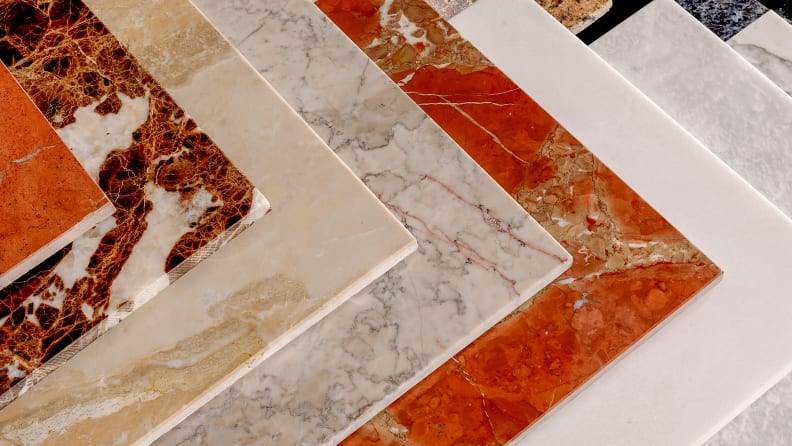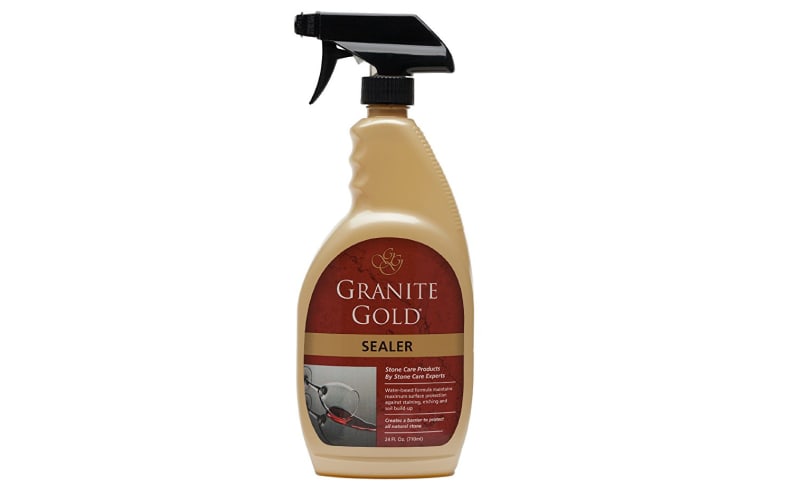Everything you know about granite countertops is wrong
What makes a good countertop isn't set in stone.
Products are chosen independently by our editors. Purchases made through our links may earn us a commission.
Imagine you're in the market for a new home. You find an open house online, you get your whole family in the car, drive there, greet the real estate agent, and plug your nose to the weird scents coming out of the hidden oil diffuser. You walk into the kitchen, the hearth and center of the home–or so the real estate agent tells you. And what do you see?
Granite countertops. You have a neutral reaction. It's just a surface to prepare food on, but then the real estate agent starts wowing you with facts: It's a sturdy piece of Italian stone that will last forever, and it adds value to the resale price.
Thinking back, you remember all those home improvement shows, articles about house-flipping couples, and those real estate twins who look like they might actually be chiseled out of granite.
Then, everything clicks, and granite seems like a great idea. But is granite really all it's cracked up to be? Here are 5 things you need to know before deciding which stone is right for you.
1. Not as durable as you think
Don't get us wrong, granite is pretty tough, but it has a few weak points. If you were to look at granite under the microscope, you'd see thousands of tiny pores. Over time, spilled acidic liquids like lemon juice, vinegar, and cleaners can degrade the finish and seep into the stone causing it change color. It should also be noted that out of the box, granite is not as hard other options like quartz, which costs around the same price.
2. It's probably not from Italy
According to the U.S International Trade Commission, about 90% of all granite comes from Brazil, China, and India. Also of note, huge swaths of the Amazon rainforest have been cut down to get at the granite that lies underneath.
3. Granite is sort of everywhere

With better technology, globalization, and the housing boom, there is way more granite out there.
When granite first hit the scene in the 80s, it was a luxury good. However, by the time the early 2000s housing boom came about, it was everywhere due to builders and homeowners trying to add more value to their properties. To put it in perspective, Americans have collectively spent more on granite countertops than we spent on the Persian Gulf War.
4. Diamonds may be forever, but granite is definitely not

Granite requires you to periodically reseal it to protect it from damage.
Granite requires maintenance. Every few years you need to reseal granite countertops to keep liquid from seeping in and causing it to stain and degrade.
5. Other surfaces (like quartz) are just as desirable
While granite isn't the end all be all of countertops, it's still a solid choice. However, there are many other materials available. As granite wanes in popularity, quartz is on the rise. It's more durable and environmentally friendly. If you want to get ahead of the curve, we've seen designers put out countertops made of everything from tempered glass to nano materials.
